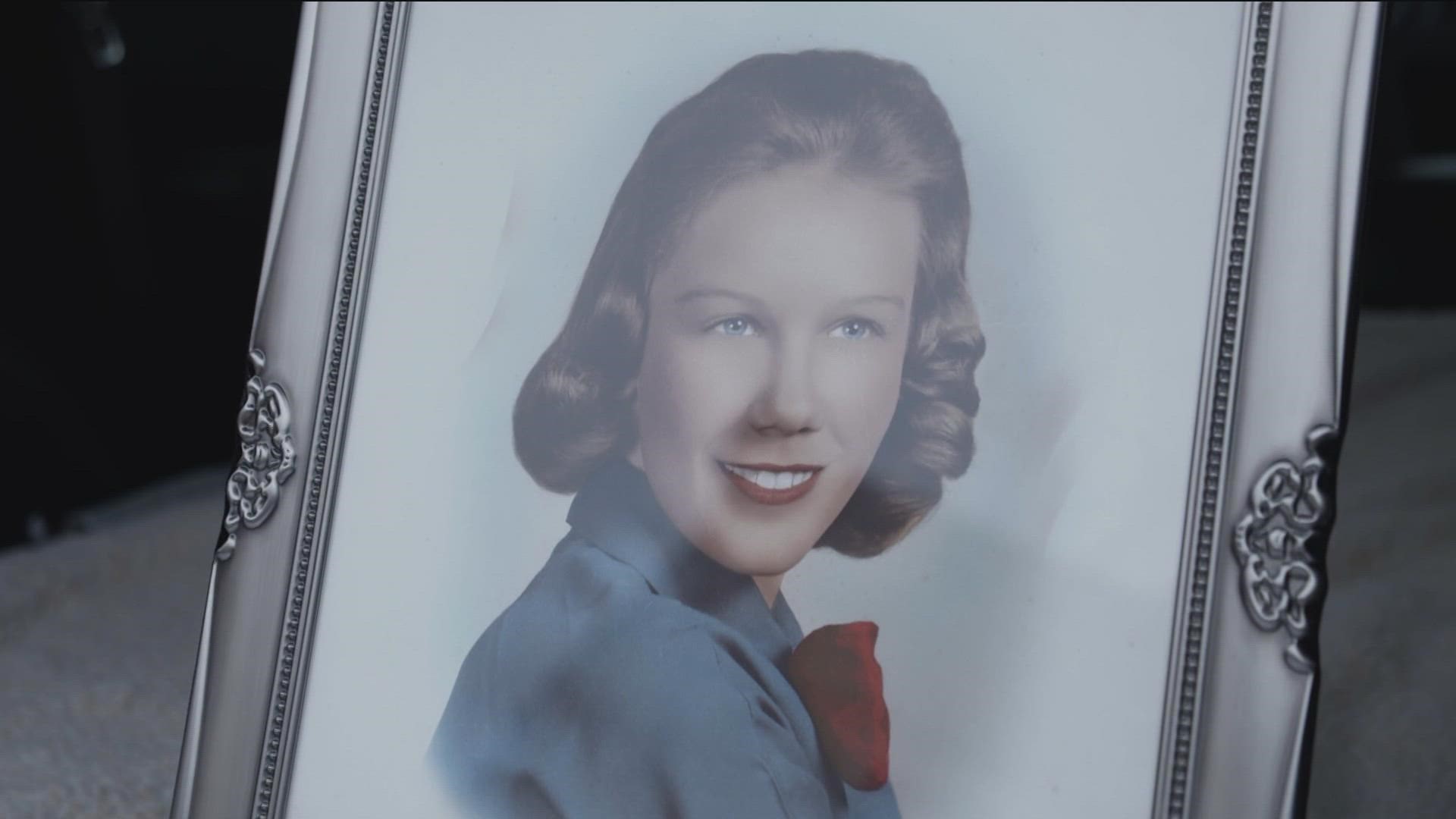PAULDING COUNTY, Ohio — For more than six decades, the family of Nancy Eagleson has sought answers.
On Tuesday afternoon, Paulding County Judge Michael Wehrkamp took the first step in helping them to find them, approving a request to disinter the girl's body to search for DNA evidence that might solve her 1960 murder.
Nancy was 14 years old when she was abducted while walking home with her sister, Sheryl, from the movies on November 13, 1960.
Her body was found seven hours later in a wooded location about seven miles from the abduction site.
Sheryl jumped on the back of the man, but he shrugged her off, throwing her to the ground. She could only watch as he tossed her big sister into the back of his car and drove away.
"I always ask myself: Why didn't he take me? Why didn't he take me too?" Sheryl said outside of the courtroom. "I was left behind for a reason, and I think it was because I meant to have my beautiful family, my beautiful daughters. But I hope this is the first step in getting us answers."
During the 30-minute hearing, Nancy's sister, Merrill Miller, explained several times why her family wanted to disinter the body.
"I was her baby sister, born 11 months after her death. We feel that we might find DNA in the casket," she said. "There was evidence lost in this case. There was a blood stain on her arm, hair in a tree, semen, a bullet fragment. We don't know if this will turn up anything, but it might."
The family is working with the Porchlight Project, a nonprofit organization that provides investigative services, DNA testing and exposure for Ohio cold cases.
Porchlight founder and president James Renner also spoke to the judge, telling him that the plan is to exhume the body over the next two months and turn it over to a Western Michigan University lab to search for DNA. If there is evidence found, a lab will be hired to create a DNA profile that can be used for familial DNA testing. He said in a best-case scenario, there could be results within three to four months.
Genetic genealogy is a growing forensics field that has been highly successful in solving cold cases. DNA profiles are put into ancestry databases. In some cases, hits on a second cousin have led investigators to a killer. Once a hit occurs, a genetic genealogist builds family trees until it eventually leads to a suspect that can be pinned to a certain area during the time of the murder. Even if the killer is no longer alive, the family is hoping that it can finally get answers.
Judge Wehrkamp agreed to give them that opportunity, offering them prayers in their hunt for answers.
The disinterment is expected to take place within 75 days.

